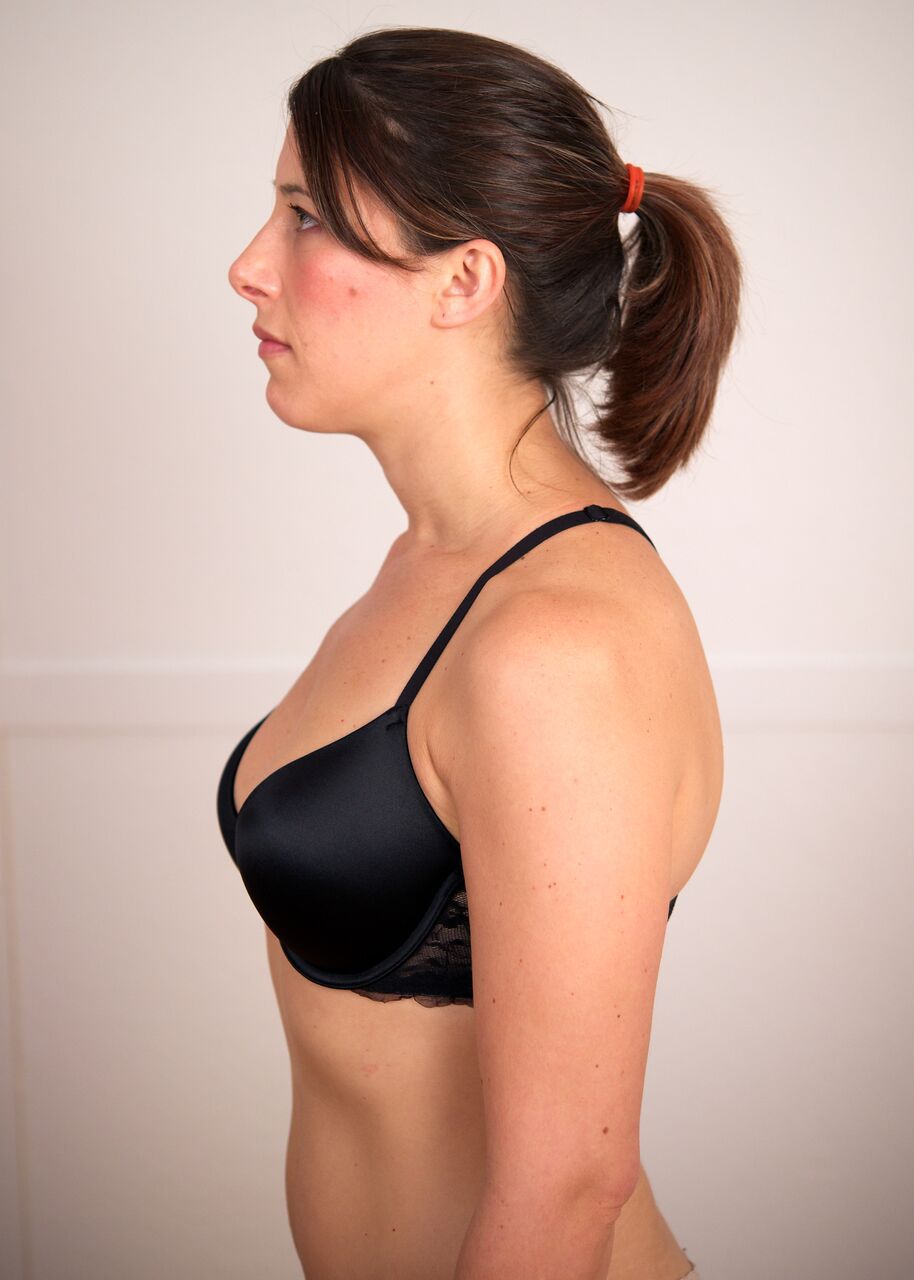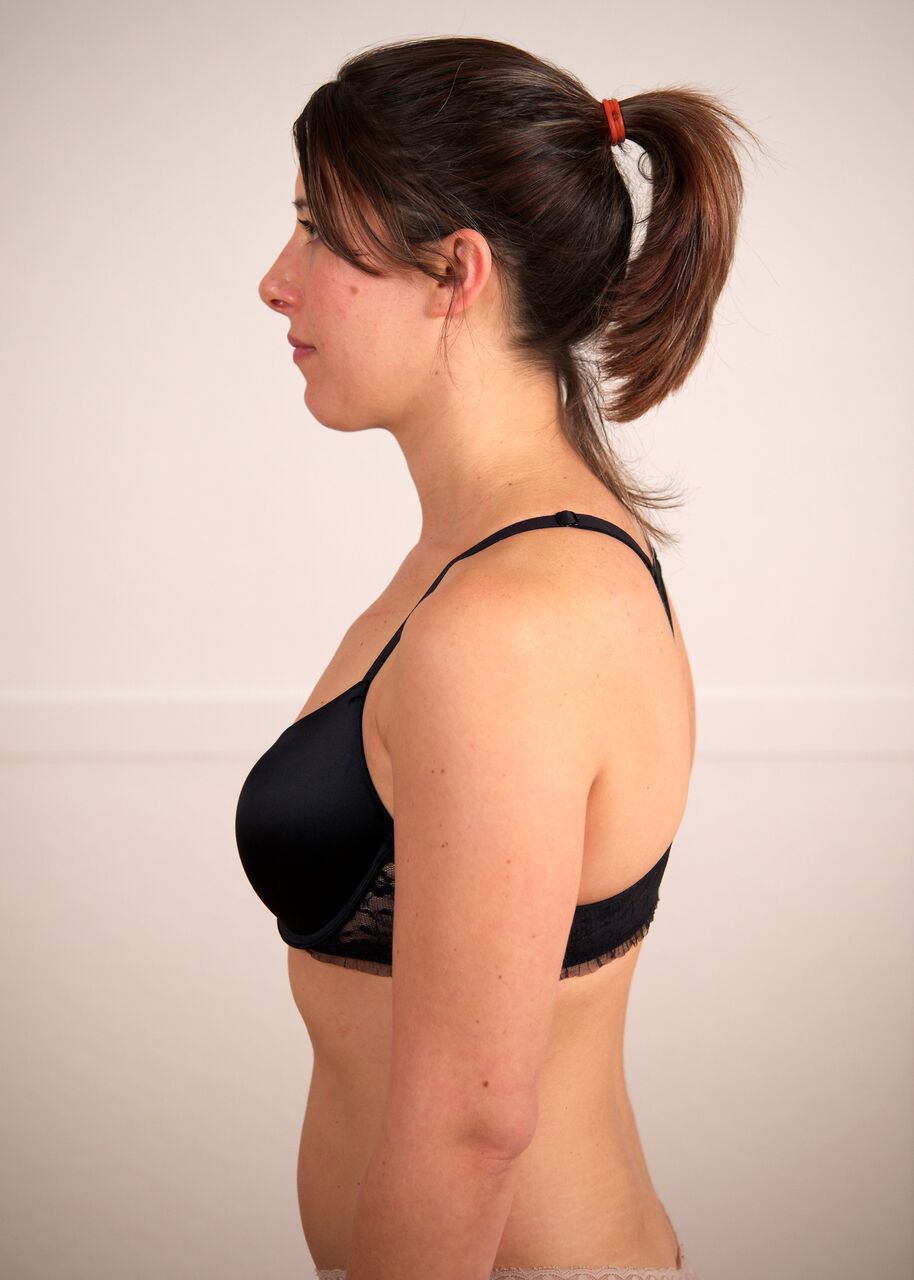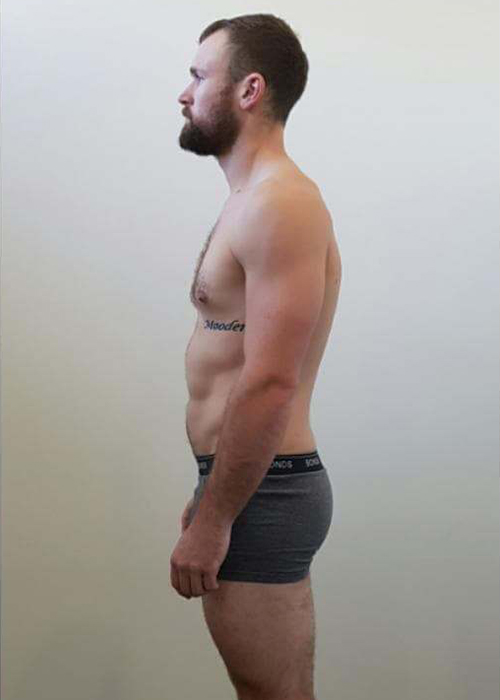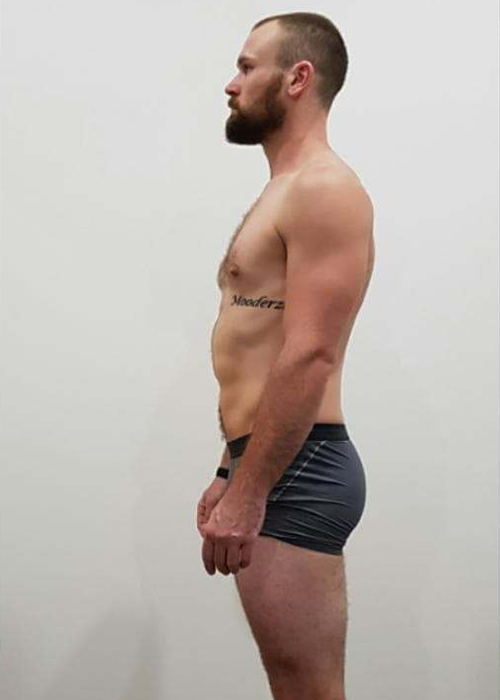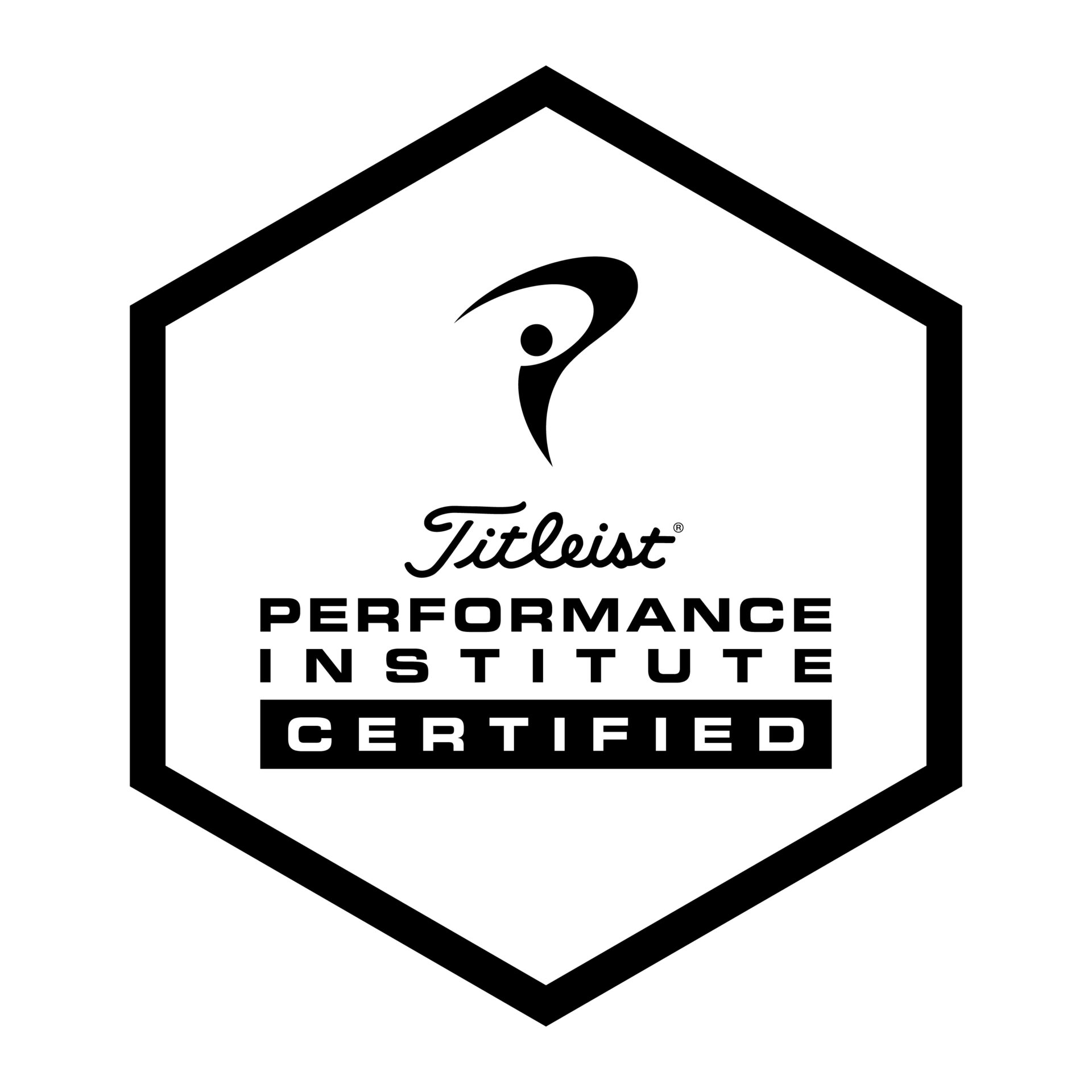Myofascial Release Sydney
What is myofascial release?
Effective therapy for pain and movement restoration. Discover myofascial release in Sydney.
At EastWest Physiotherapy, we specialise in myofascial release therapy, a hands-on technique designed to address chronic pain, restore proper movement, and improve overall musculoskeletal function. If you experience muscle tension, tightness, or pain related to myofascial tissues, our expert therapists provide targeted treatment to relieve discomfort and enhance mobility.
Myofascial release therapy is a specialised form of manual therapy that focuses on treating myofascial pain syndrome and related conditions by applying sustained pressure to stiff areas of the body. The technique targets connective tissue (fascia), which surrounds and supports muscles, bones, nerves, and organs. When fascia becomes tight or restricted due to injury, stress, or poor posture, it can contribute to chronic pain and movement limitations.
Our approach to myofascial release in Sydney is inspired by Anatomy Trains (Thomas Myers), a leading methodology that addresses structural imbalances in myofascial meridians. This hands-on technique works to unwind deep-seated tension patterns, allowing the body to regain its natural alignment and function.
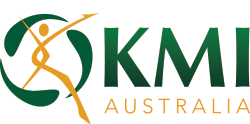
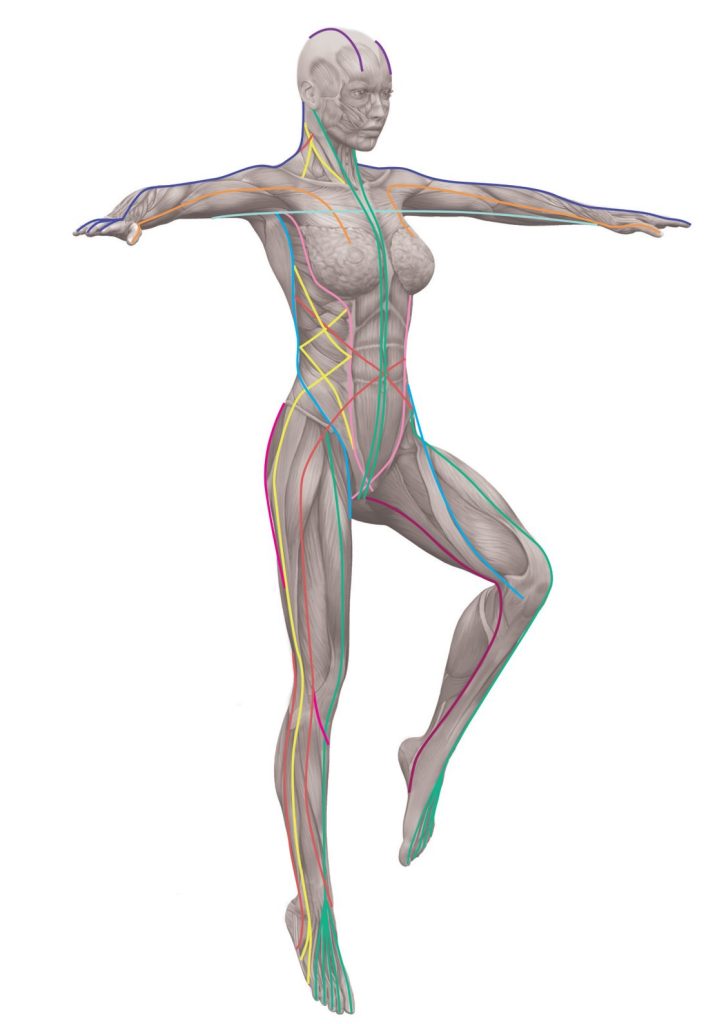
Our approach to myofascial release therapy
At EastWest Physiotherapy, we integrate the Anatomy Trains Structural Integration method, originally developed by Dr Ida P. Rolf and expanded by Thomas Myers. This systematic approach includes:
- A multi-session protocol that addresses the body as a whole.
- Deep, slow fascial manipulation that targets restrictions.
- Movement re-education to support long-term improvements.
Our goal is to unwind strain patterns caused by poor posture, injury, or habitual movement patterns. Through expert hands-on techniques, we help your body return to a state of natural balance and ease.
How it works
Our therapists use gentle to firm pressure techniques to stretch and manipulate myofascial tissues. By focusing on specific areas of restriction, we help to restore function and reduce discomfort.
Fascia is a dynamic, adaptable tissue that responds to stress and movement. Through fascial manipulation, we release tension patterns that cause pain, stiffness, and movement restrictions.
Trigger points are localised knots within muscles that contribute to myofascial pain. Our therapists apply targeted pressure to release these points, alleviating chronic muscle tension and improving blood flow.
Myofascial release focuses on the body’s interconnected tissues, tendons, and connective structures. Rather than treating a single symptom, we assess your body’s overall function and posture to provide long-term relief.
The benefits of myofascial release therapy
Many patients seek myofascial release in Sydney to manage pain and improve mobility. Some potential benefits include:
- Pain relief: Reduces symptoms of chronic pain, myofascial pain syndrome, low back pain, neck pain, and jaw pain.
- Improved movement: Helps to restore proper movement by releasing fascial restrictions.
- Relief from muscle tightness: Targets trigger points to reduce muscle stiffness and tension.
- Support for nerve health: Can assist in conditions such as carpal tunnel syndrome and nerve damage.
- Enhanced sports performance: Complements sports massage to promote flexibility and recovery.
- Whole-body alignment: Addresses musculoskeletal disorders by focusing on postural patterns.
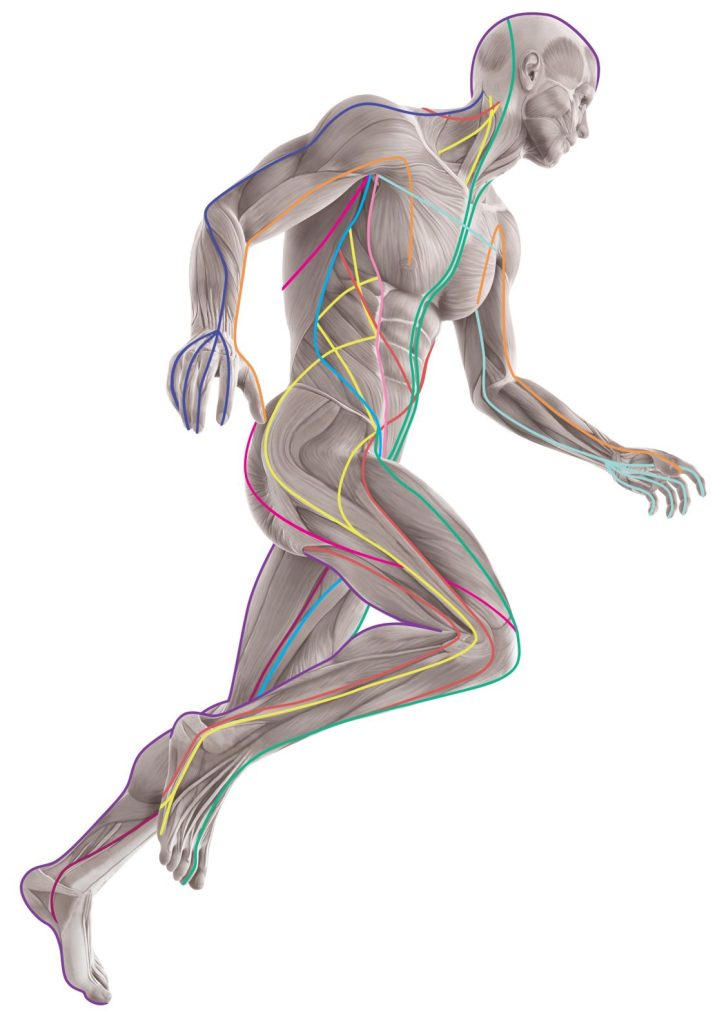
How myofascial release differs from manual therapies
Unlike chiropractic adjustments or dry needling, which target bones or nerves, myofascial release works on fascial layers to support the body’s natural alignment. Rather than forcing structures into place, we use sustained light pressure and movement to restore function.
Additionally, myofascial release therapy differs from traditional massage therapy in that it focuses on deep, lasting changes in connective tissue rather than short-term relaxation.
Before & After Photos
